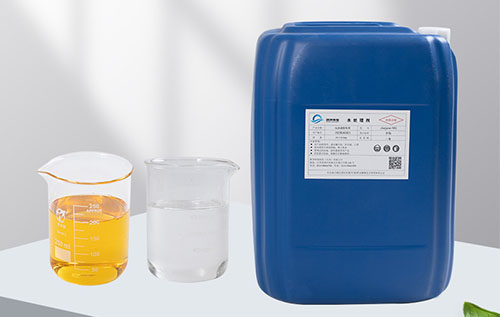
Compared with other traditional separation engineering, the reverse osmosis separation process has its unique advantages:
(1) pressure is the main driving force of the reverse osmosis separation process, and the energy consumption is low without energy-intensive exchange phase transformation;
(2) Reverse osmosis does not require a large number of precipitating agents and adsorbents, and the operating cost is low;
(3) Reverse osmosis separation engineering design and operation is simple, the construction period is short;
(4) Reverse osmosis purification efficiency is high, environmentally friendly. Therefore, reverse osmosis technology has been widely used in domestic and industrial water treatment, such as desalination of seawater and brackish water, production of medical and industrial water, preparation of pure water and ultra-pure water, industrial wastewater treatment, food processing concentration, gas separation and so on.
Reverse osmosis, also known as reverse osmosis, is a membrane separation operation that uses the pressure difference as the driving force to separate the solvent from the solution. Pressure is applied to the material liquid on one side of the membrane, and when the pressure exceeds its osmotic pressure, the solvent will reverse permeate against the direction of natural penetration. Thus, the solvent is penetrated on the low pressure side of the membrane, that is, the osmotic fluid; The high pressure side obtained a concentrated solution, that is, a concentrated solution. If seawater is treated by reverse osmosis, fresh water is obtained on the low pressure side of the membrane and brine is obtained on the high pressure side.
Because it is opposite to the direction of natural penetration, it is called reverse osmosis. According to the different osmotic pressure of various materials, reverse osmosis pressure greater than osmotic pressure can be used, that is, reverse osmosis method, to achieve the purpose of separation, extraction, purification and concentration.
